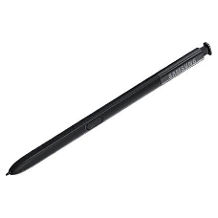Kids tablet purchasing advice: how to choose the right product
- The most important facts in brief
- Tablets for children are a good way to introduce young children to digital media in a child-friendly, playful and controlled way.
- Children’s tablets are available for different age groups. Some models are suitable for children as young as three.
- Safety settings that allow parents to control their children’s media use are particularly important.
- A good tablet for children has a simple user interface with large, understandable icons and a robust protective frame to cushion falls.
- For child-friendly use, you should choose the available apps carefully and limit the usage time sensibly.
The fascinating world of digital media
It is impossible to imagine modern everyday life without digital media. Smartphones and tablets are almost omnipresent and already exert a great attraction on our youngest children. Parents are all the more concerned about the age at which their children are big enough for the media world and how they can best introduce their children to the new media. Keeping children completely away from digital media until a certain age – for example until they start school – is not only difficult to implement, but also not necessarily sensible. Children who do not come into contact with digital devices such as smartphones and tablets cannot consume questionable media content, but they also have no chance to acquire media competence.
Children’s tablets as an introduction
There is no question that adults’ smartphones and tablets are rather unsuitable for small children. The mobile device could slip out of little children’s hands too quickly and the display could shatter into a thousand pieces. There is an even greater danger that the youngsters will delete important content with uncoordinated swiping motions, make hardly comprehensible settings or even spend money. Electronics manufacturers have recognised this problem and launched tablets especially for children. In a sense, children’s tablets are learning computers in tablet format, with which children can also play games, draw, take pictures and play videos and audio games.
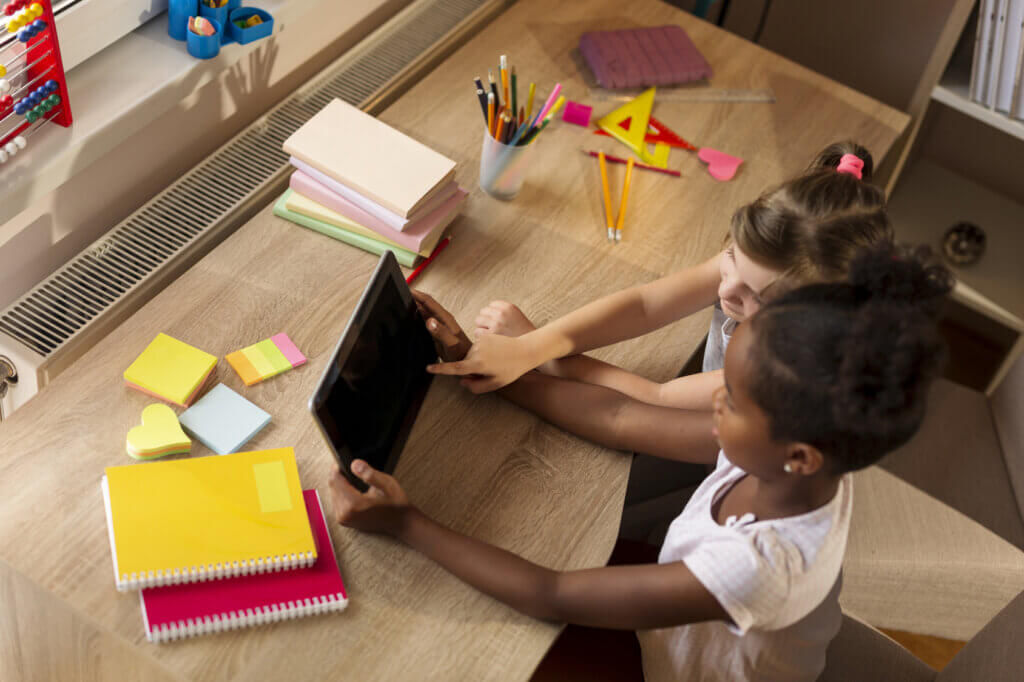
The perception of babies and toddlers
In their first weeks of life, digital media are merely a source of stimulation for babies that they cannot classify. Around their first birthday, most toddlers start to become more and more interested in stimulus sources of this kind. For example, they imitate their parents’ wiping movements on their tablet. However, they still lack the understanding for the pictorial nature of the content, as well as basic motor and mental skills for independent use of a tablet. For children under one year of age, a tablet is therefore generally not useful. From the age of one to two, most children are able to distinguish pictures from real objects and understand simple picture stories and games. However, before they engage extensively with electronic media, toddlers should first discover the real world with all their senses. A toy tablet that imitates a “real” tablet with a few buttons, different sounds, pictures and music is a better choice for children up to about three years of age.
Toy tablets: a good choice for toddlers
In addition to children’s tablets, there are also some toy tablets on the market, for example from the toy manufacturers Ravensburger and Fisher-Price, which are aimed specifically at toddlers. They look and operate like normal tablets and can be operated via a touch-sensitive display. In some cases, however, there are only a few buttons with which children can start short video sequences, pictures, light or sound effects. In contrast to children’s tablets, which can be expanded with numerous apps, the scope of play and learning functions is predefined here.
From what age is a children’s tablet useful?
From about three years of age, most children can use tablets more purposefully. They are able to decipher simple symbols, have a longer attention span and are no longer overstimulated as quickly. In addition, children from this age on usually discover the fun of learning. So it is a good time to introduce them to digital media and their use with a suitable learning tablet – of course accompanied by parents and in moderation. From preschool age (five to six years) onwards, children are increasingly able to use the tablet as a source of knowledge, for entertainment and orientation, and as a play device.
Children’s tablet or normal tablet
You may be asking yourself why you should buy a children’s tablet when you can set up a normal tablet with certain settings and apps that are suitable for children. In the following, we will compare the two options and highlight the advantages and disadvantages of each.
Setting up a normal tablet for children
Die meisten modernen Tablets haben ein Android-Betriebssystem, das seit der Version 4.2 die Einrichtung verschiedener Nutzerkonten ermöglicht. Sie können also zum Beispiel auf Ihrem Android-Tablet neben einem eigenen Nutzerkonto ein Konto für Ihr Kind einrichten. Mit Android-Tablets ab Version 4.3 legen Sie direkt im Betriebssystem den Zugriff auf bestimmte Apps für Ihre Profile fest. Auf diese Weise kontrollieren Sie, auf welche Apps Ihr Kind zugreifen kann. Darüber hinaus gibt es verschiedene Kindersicherungsapps, mit denen Sie zusätzlich ein Zeitlimit einstellen können. Samsung zum Beispiel hat für seine mobilen Geräte ein eigenes Programm mit Anwendungsmanager und Zeitverwaltungsfunktion, die App Kids Mode, entwickelt.
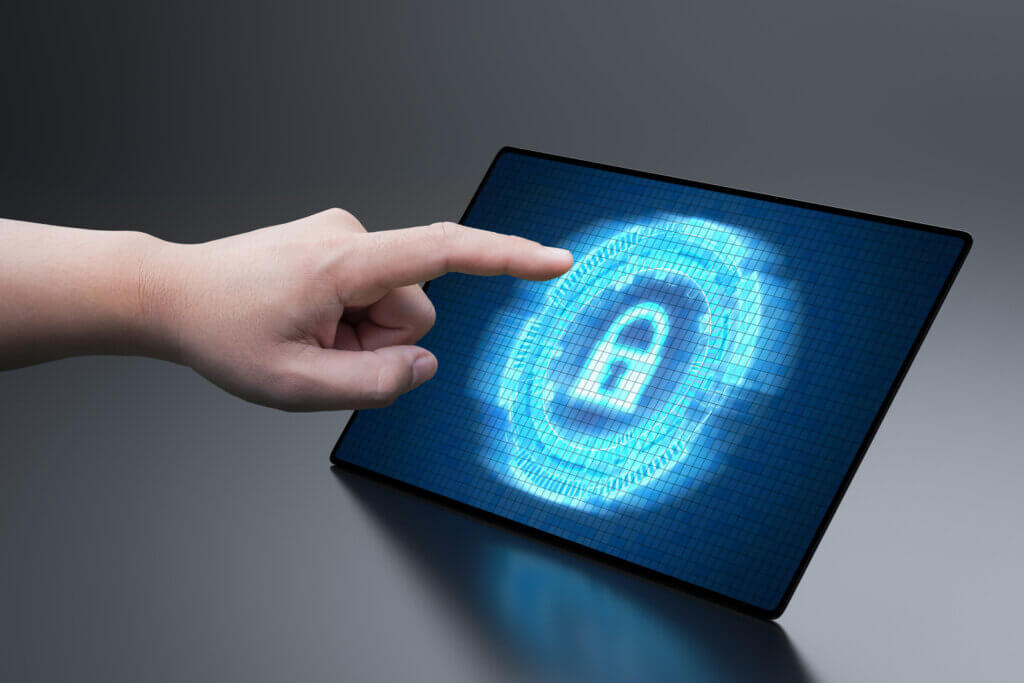
So it is quite possible to set up a normal Android tablet in a child-friendly way. As your children grow older, you can adjust the access settings so that the tablet grows with the child, so to speak. Of course, you can also use it yourself with your own profile. In contrast to children’s tablets, normal tablets are usually better equipped technically. Among other things, they have more memory, more internal storage space and a higher display resolution.
However, the better technology comes at a price. Normal tablets are often much more expensive than children’s tablets. It would be all the more bitter if the offspring accidentally dropped the device, scratched it or spilled something on it. Hardly any protective cover for normal tablets is as stable and safe as a children’s tablet frame. In addition, you must first fully set up a tablet in a child-friendly way, ensuring that there are no “loopholes” in the security settings that a child could still discover. Children will also not find it as easy to operate a normal tablet, despite the dedicated mode, as they would on a device designed specifically for them.
Pro points
- Set up multiple profiles
- Suitable for adults and children
- Better technical equipment
Drawbacks
- Set-up effort
- Less robust than children’s tablets
- No simplified user interface
- Often more expensive than children’s tablets
Why is a children’s tablet a good choice?
Children’s tablets are designed specifically for the needs of children. They are built more robustly and are usually equipped with a protective frame all around to cushion falls. Parental control software, which allows parents to control access to apps and websites as well as usage time, is pre-installed. In contrast to a normal tablet, there is no complex set-up, which is an advantage especially for parents who are less tech-savvy. Most models also come with a number of child-friendly games and educational apps pre-installed. In addition, children’s tablets have a simplified user interface with large, intuitively understandable icons that make it easier for three-year-olds to enter the world of digital media. The display is often slightly smaller than on normal tablets so that children can hold the device more easily. The advantage of the reduced technical equipment is that children’s tablets usually cost less.
The disadvantages of a children’s tablet mainly concern the parents. In contrast to a normal tablet, they cannot simply use a children’s tablet with their own profile, but must make an additional purchase. In addition, most children’s tablets are only suitable up to a certain age, while normal tablets with adapted settings can continue to be used by teenagers without any problems.
Pro points
- Parental control and time management already pre-installed
- Mostly favourable price
- Robust construction and protective cover
- Simplified user interface
- Often with pre-installed games and learning apps
Drawbacks
- Not suitable for adults
- Limited technical equipment
The most important purchase criteria
The market now offers a wide range of children’s tablets. In addition to large, well-known companies such as Amazon and Samsung, there are also various no-name products. As a guide for your purchase decision, we highlight the most important criteria that you should consider when choosing a children’s tablet.
Display
The display of a children’s tablet should not be too large so that children can hold it easily with their smaller hands. Tablets with a display diagonal of 5 inches (about 13 centimetres) to 8 inches (about 20 centimetres) are well suited. Such a display size is completely sufficient for the apps that children use. Some tablets for children are equipped with additional buttons to simplify operation. In addition to the size of the display, the resolution also plays a role, of course. Depending on the model, it ranges from 800 x 480 (WGA) to 1,920 x 1,080 pixels (Full HD).
Workmanship and protection
Children’s fine motor skills are not yet as well developed as those of adults. Therefore, they often handle electronic devices more roughly. In order to withstand this stress and, for example, to survive falls undamaged, good children’s tablets are particularly sturdily built and of high quality. Ideally, tablets for children also come with a wide rubber or silicone frame protector. Some children’s tablets, such as the Storio Max 7, also come with a foldable display protector which, when folded backwards, functions as a stand.
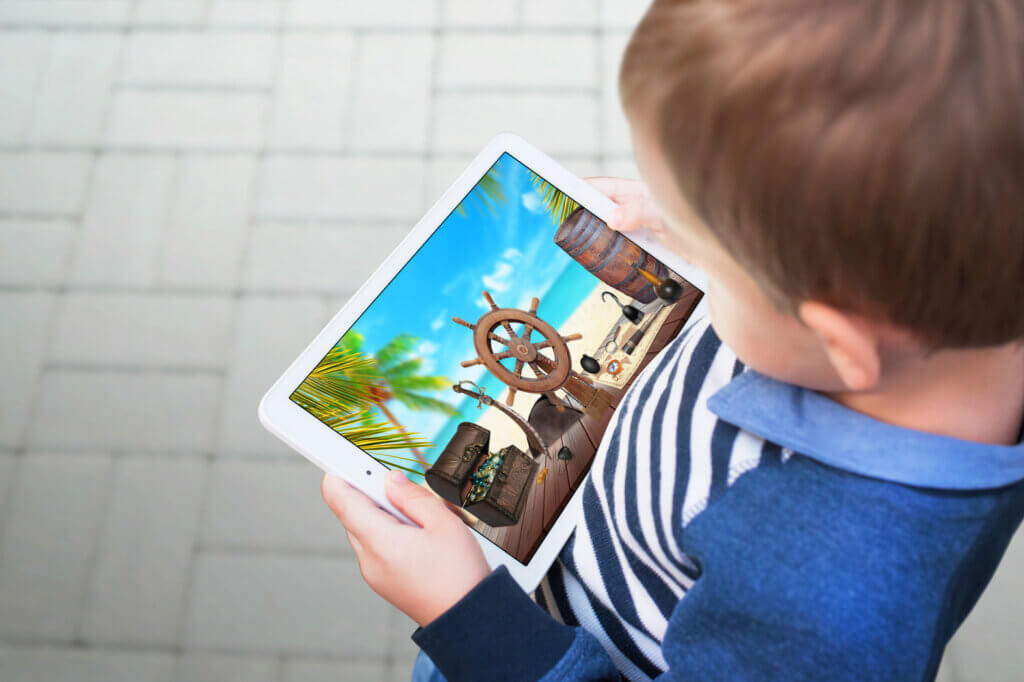
Battery life
Since children do not spend too much time on the tablet and parents should limit the duration of use, the battery life of a children’s tablet is not quite as important as that of a normal tablet. Of course, the battery should not run out after less than an hour of playing an audio book, but four to eight hours of battery life is usually sufficient for a children’s tablet.
Cameras
As with normal tablets, cameras are standard equipment on children’s tablets. Most tablets for children are equipped with a front and a rear camera. The rear camera often has a resolution of two megapixels, while the resolution of the front camera is sometimes somewhat lower. Compared to some normal tablets, a resolution of two megapixels is rather low, but it is usually quite sufficient for snapshots that children can then playfully edit with a suitable app.
Wireless interfaces
To download apps and access web content, the tablet must be WLAN-enabled. While a WLAN module is standard equipment, a Bluetooth interface is somewhat rarer. Some tablets for children also come with a SIM card slot. This gives you the option of accessing the Internet regardless of location with a SIM card and a mobile phone contract. Location-independent Internet access is not absolutely necessary for a children’s tablet.
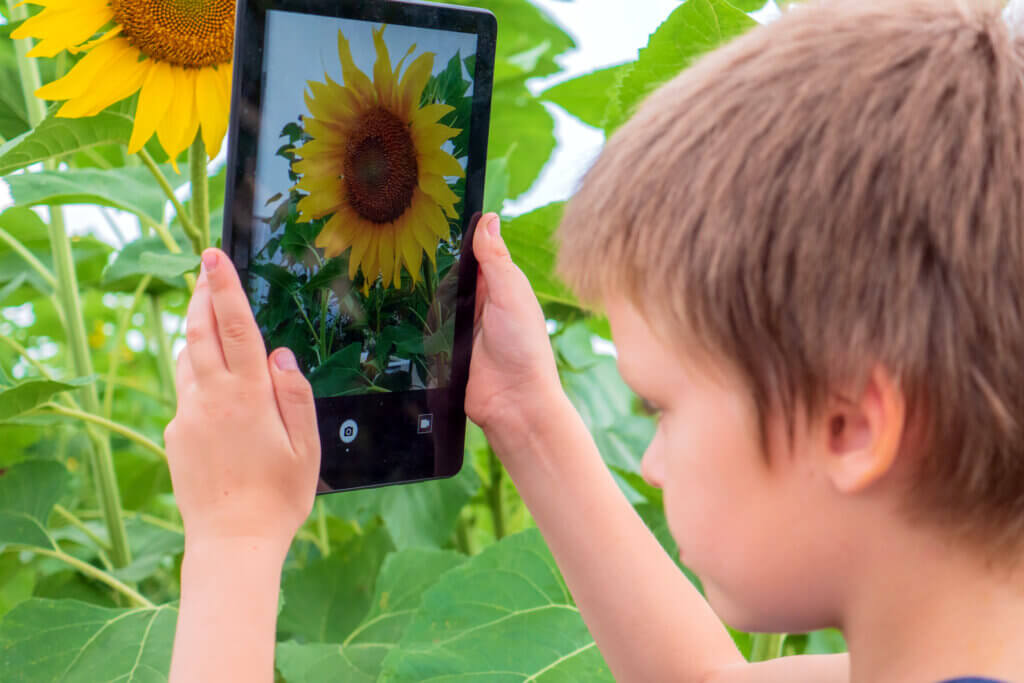
Storage capacity
The size of the internal memory determines how many apps and media files can fit on the children’s tablet. Most models in the middle and upper price segments have between 16 and 32 gigabytes of storage space. In cheaper models, the memory is sometimes somewhat more limited. If you have doubts about whether the internal memory is sufficient, a model with a microSD card slot for expanding the memory is recommended. The standard connections that all common children’s tablets have include a USB port and a headphone jack.
Applications (apps)
Also important for the purchase decision is the range of apps available for the different models. Most children’s tablets already have a media player and some games and learning apps pre-installed. You should also be able to access the most popular app stores with a good children’s tablet. If you choose a Fire HD Kids Edition tablet, Amazon will give you one year of Amazon Free Time Unlimited. This gives you access to a wide range of age-appropriate content for children between the ages of three and eight.
Usability
A children’s tablet should be intuitive to use and not overwhelm children. A good tablet for children has a simplified, clearly structured user interface with large, easy-to-understand and child-friendly icons. Since younger children in particular find it easier to press buttons than to make specific swiping movements across a touch display, some children’s tablets are equipped with additional buttons.
Safety and security settings
One of the most important criteria for buying a children’s tablet is security. Good models must have sufficient security settings with which parents can control their offspring’s media consumption and ensure that they only access content suitable for children. It is particularly important to be able to completely prevent the purchase and download of new content or to block it with a password. In addition, children should not be able to change the security settings.
What security features should a children’s tablet definitely have?
- Prevent in-app purchases and downloads
- Disable internet connection
- Block certain apps and pages
- Limit usage time
- Ask for confirmation when changing settings
What does a children’s tablet cost?
For toy tablets for toddlers, you pay around 10 to 25 euros. Children’s tablets, on the other hand, can be divided into different price categories, similar to normal tablets:
- Lower price segment: inexpensive tablets from 40 euros
- Middle price segment: 70 to 120 euros
- Upper price segment: 120 to 200 euros
For a children’s tablet with solid technical features and high-quality workmanship, you should budget around 100 euros or more.
Tips for use and apps
In our advice section, you will find helpful tips on how to use a children’s tablet. We explain how best to clean the tablet and give tips on limiting the time of use. We also look at what you should look for when choosing apps that are suitable for children.
Cleaning the children’s tablet
Small, sometimes sticky children’s hands leave their marks on the display and also on the rest of the tablet. To prevent the tablet from getting dirty, you should clean it regularly. The best way to do this is as follows:
- Remove coarse dirt with a soap-free display cleaner.
- Wipe the display with a microfibre cloth.
- Remove the frame protector and clean it with a damp cloth and some washing-up liquid.
- Clean the connections with a cotton swab or kneadable cleaning compound.
To prevent the tablet from getting too dirty in the first place, make sure that children wash their hands before using it and do not place the tablet on the display side.
Limit the tablet time sensibly
As with all other electronic devices, you should also limit the time of use of the tablet. This will prevent your children from being overwhelmed by the many stimuli and developing sleep disorders, restlessness and lack of concentration. How often and for how long a child should spend time in front of the tablet depends on their individual stage of development, which parents can best assess themselves. However, there are age recommendations that serve as a guideline.
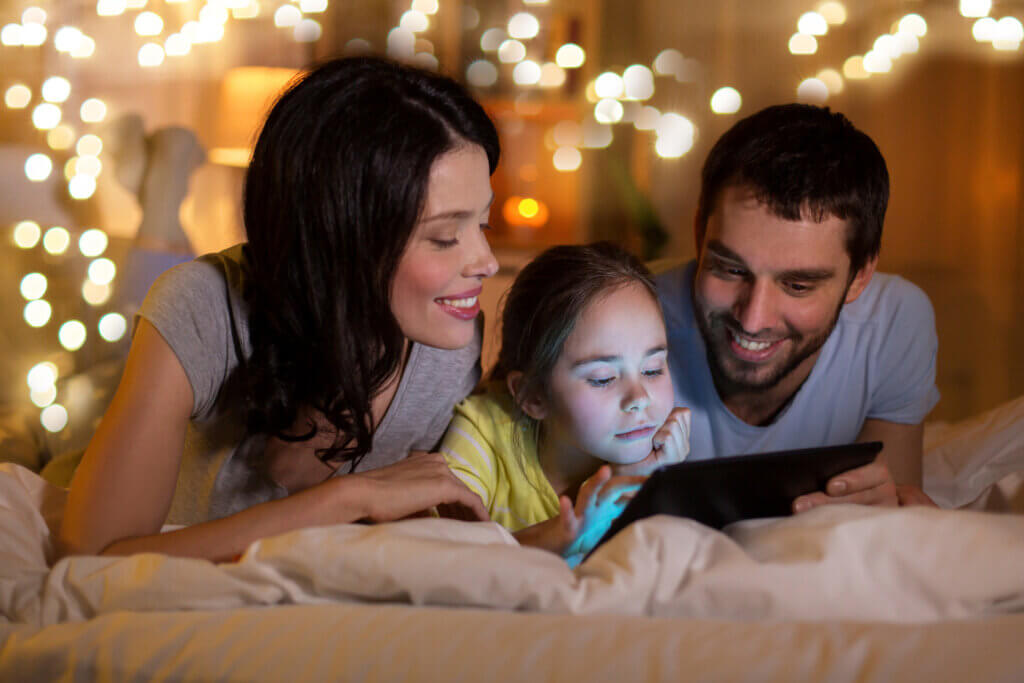
Which time limit on the children’s tablet for which age?
- Children under 3 years of age should not yet use digital media; from 1.5 or 2 years of age, a toy model is a good alternative.
- 3 to 4 years: no more than 5 minutes at a time and not daily.
- 4 to 6 years: no more than 20 minutes, not necessarily every day.
- 6 to 10 years: no more than 30 to 45 minutes a day.
- From 10 years: 7 to 12 hours per week.
Up to primary school age, you should guide your child’s media consumption and ensure that he or she only sees content suitable for children. From the age of six, children start to become more independent and learn personal responsibility. From this age, you can now and then engage meaningfully with the tablet on your own and use it as a learning tablet. From around ten years of age, when children slowly enter puberty, it is advisable to introduce a weekly budget instead of a daily time limit. This way, the youngsters can flexibly divide up their time on the tablet, smartphone or PC on their own.
Select apps suitable for children
In the various play stores you will find numerous apps aimed at children. However, not all of these apps are really suitable for children. Therefore, you should definitely consider the following points when choosing an app:
- The app content must be non-violent.
- No in-app purchases should be possible.
- The app should be free of advertising and without links to social media channels.
- The app must be clearly structured and easy to use.
- It should not contain fast and flashing animations.
Picture book apps, hidden object apps and child-friendly mini-games are well suited for younger children. For example, the app LEGO Go Build APK is very popular, with which children build colourful figures on the display with virtual LEGO bricks. Learning and puzzle apps are recommended for pre-school children and older. A good overview of recommended and unsuitable children’s apps can be found on app-geprüft, a site of the centre of excellence jugendschutz.net.

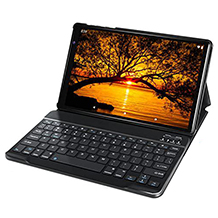
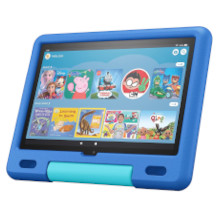
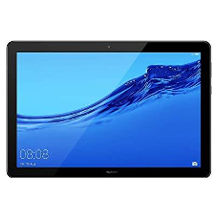
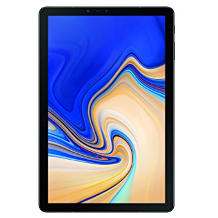
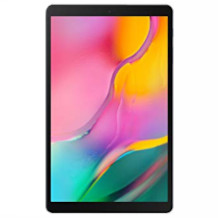
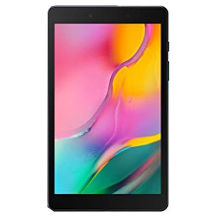
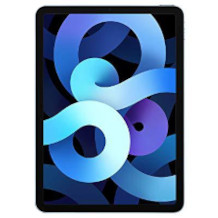
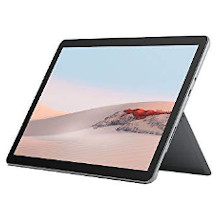
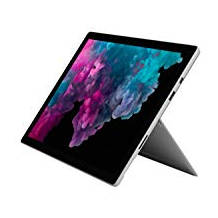

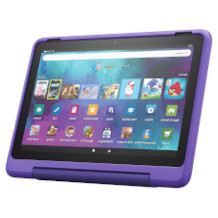
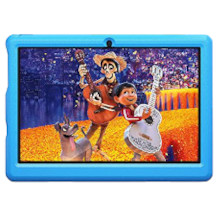
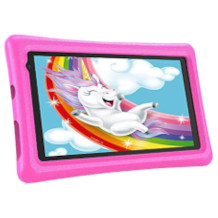
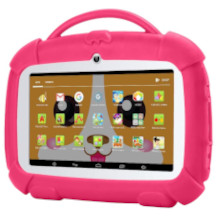
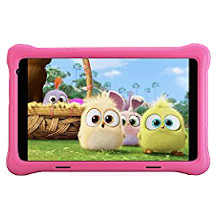
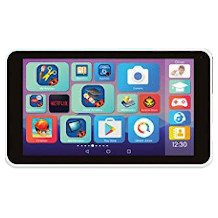
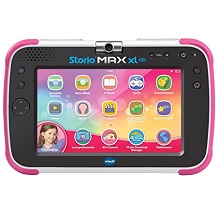

 2,793 reviews
2,793 reviews
